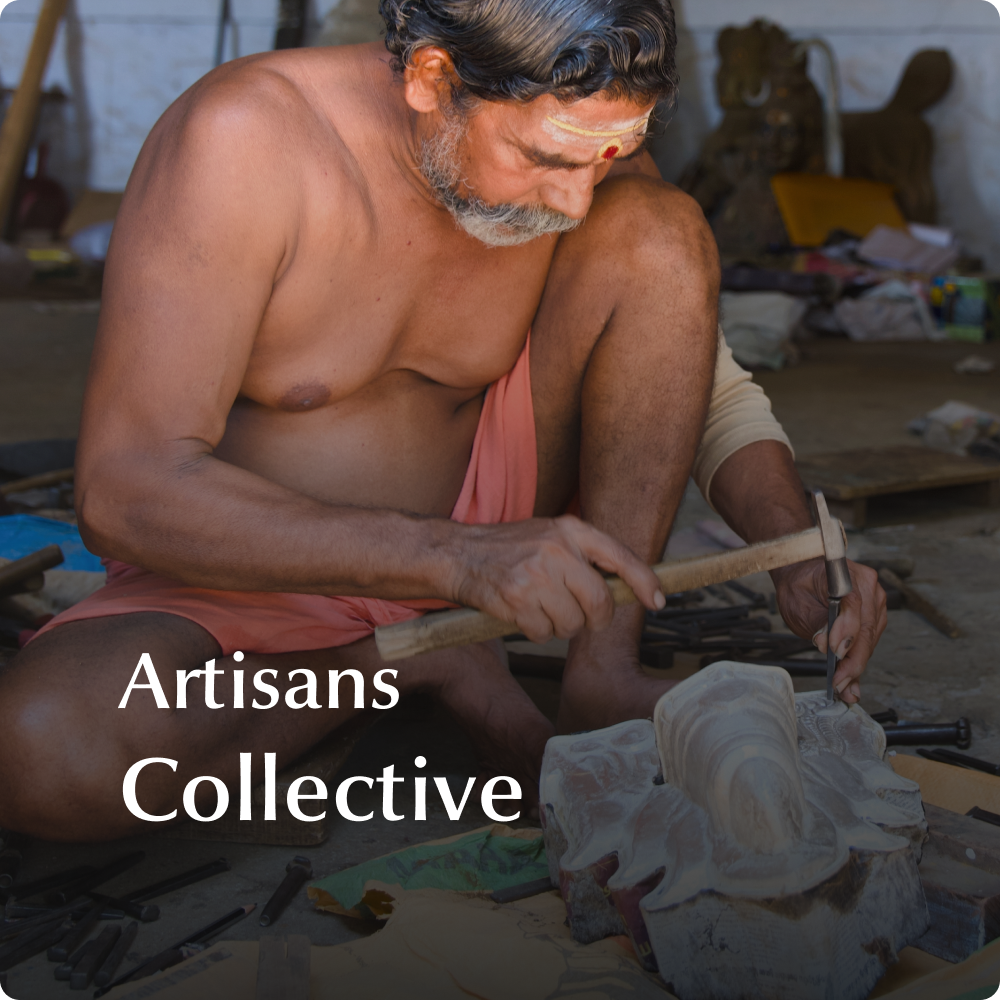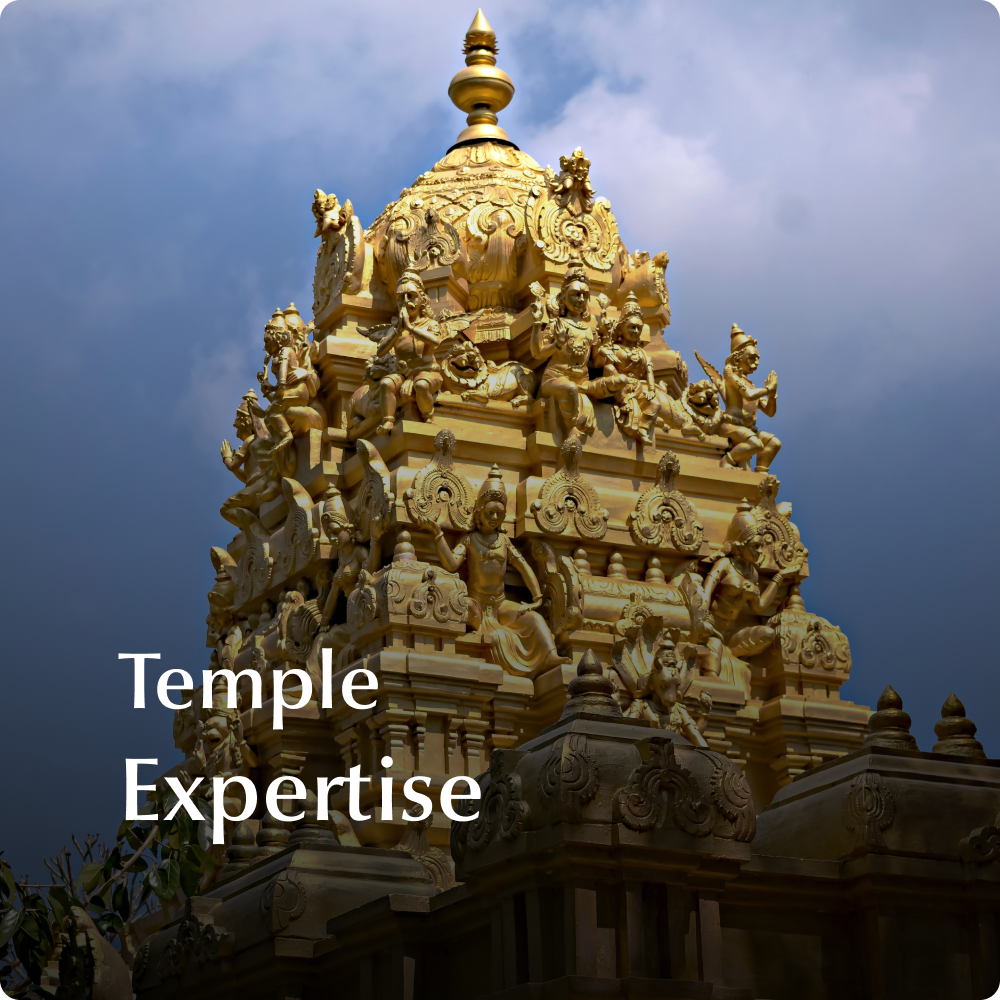Navaratri, literally translated as the Nine Nights, is a popular festival celebrated across all of India by the Hindu community. The festival honours the Goddess Durga on the occasion of her slaying the Asura Mahisha. By destroying him, she brought peace and prosperity to the world, leading all her followers to celebrate it each year jubilantly.
Each day of Navaratri is dedicated to a different form of Shakti and the festivities are made to suit her multiple personas. Nine forms of the Mother Goddess are worshipped on each night culminating in Vijaya Dasami on the 9th day. In 2021, the festival begins on October 7th and ends on October 15th.
It is one of the festivals that celebrates the sacred femininity that brought life to this vast universe.
Preparations for Navaratri:
Like with any Indian festival, the house is thoroughly cleaned and dusted before Navaratri. The house cannot be dusted once the festival begins, but can still be swept regularly. The next part is acquiring the things needed for the Golu display. If you traditionally display Golu every year, you would have the stand and the Dolls ready. If you want to start the tradition this year, then you will need the following things.
- Golu Steps – In sets of 3,5,7, 9, etc. You can add more steps, but they have to be in odd numbers.
- Solid coloured cloth – Either Sarees or White Dhoti cloth.
- Pins – For fixing the cloth to the steps.
- Kalasam – To affix at the top stop
- Navadhanya
- Doll sets.
- Decorative lamps and serial lights.
- Flower garlands
- Mango leaves
Three days before Navaratri, soak the Navadhanya grains overnight. Take a tray of soil and place the grains in the soil. Spray with water and keep it in a shaded place that receives plenty of light. Sprinkle water as needed to keep the soil moist. The shoots should start to show by the second day. Let them grow naturally without disturbing them.
On the day before Navaratri, which falls on the Mahalaya Amavasya, you can start arranging your Golu display. Set up the steps and make sure they are sturdy. The Golu steps should be resting against a wall, facing North or East. You can also arrange the dolls on the steps, leaving the Kalasam. This should be done before 6pm on that day.
Arranging the Dolls:
The dolls have to be arranged in a certain order, which represents their hierarchy in actual life.
On the topmost step, place the Ganesha, Lakshmi, Durga, and Saraswati idols. They are the Gods who rule over auspiciousness and bless all our beginnings.
On the second step, you can place idols of Shiva, Vishnu, Krishna, the Dasavatar set, etc., along with a pair of Marapachi dolls that are dressed in finery. You can also spread this over 2 steps.
On the fourth step, you can place idols of Gurus and other prophets of the divine.
On the Fifth step you should place the Chettiyar dolls, a pair of dolls representing a merchant and his wife. They are surrounded by their wares like dal, rice, vegetables, etc. You can also add figurines of humans and animals on this step if this is your last one.
On the lower steps after this, you can use your imagination and creativity to create scenes from real life. Some choose to recreate everyday scenes like the kitchen, market, temples across India, workplaces, parks, zoos, etc.
First Day of Navaratri:
The Goddess worshipped today is Shailaputri, a manifestation of Goddess Parvati as she was born to the King of the Himalayan Mountains. Her name means the daughter of the mountains. She is depicted riding a bull with the Trishul and a lotus flower in her hands, and is clad in a yellow saree.
The significance of the name Shaila is being extraordinary or rising to great heights. Because of this, on this day we worship Devi Shailaputri for reaching the greatest heights in everything we do, and to imbibe her great fortune. The colour of the day is yellow and the women of the family wear yellow coloured clothes. The colour is said to represent joy, brightness and the cheer we feel once we accomplish a hard task.
It is customary to invite other women and girls to the Golu celebration and offer them Thaamboolam on each day. Pure Desi Cow Ghee is offered as Prasad to her in return for a lifetime free of illness and disease.

Second day of Navaratri:
On the second day of Navaratri, the Devi is worshipped in the form of Brahmachaarini. She is the manifestation of the Devi when she underwent penance to prove her devotion to Lord Shiva. She is also called Tapaschaarini, Aparna and Uma. The Goddess is depicted holding a Jeba Mala of 108 Rudraksha beads, in her right hand and a Kamadala (Covered Pitcher) in her left hand. Being an ascetic, she is always represented barefooted.
The significance of this day is attaining knowledge and Goddess Brahmachaarini is believed to bestow knowledge and wisdom to her devotees, which is why this day is important especially for hopeful students and scholars.
The colour of the day is Green, and this colour signifies new beginnings, nature and energy. Wearing this colour brings about an energy shift in the devotees to allow them to accomplish more than what they thought they could.
Being a Tapasvi, she prefers only simple food and offerings. Therefore perform the Puja to her with a Prasad of Sugar crystals (Kalkandu) and fresh fruits, to receive the blessings of virtue and nobility.

Third day of Navaratri:
On the third day of Navaratri, the Devi is worshipped as Maa Chandraghantha. She is the married form of Parvati, but is also a fearsome warrior princess. She was given the name Chandraghantha for the Ardhachandra (half Moon) sigil she placed on her forehead after her marriage to Shiva.
She is depicted as a fierce 10 armed Goddess with a golden yellow complexion. The very sound from the bell (Ghanta) she carries, is said to be powerful enough to vanquish her enemies. She rides into battle on a lion, destroying all that evil and wicked.
The significance of this day is spiritual and internal power. People who have enemies or hurdles that are standing in their way should worship Chandraghantha on this day to set themselves free.
The colour of the day is Grey, which is the colour for zeal and determination to destroy evil. Women wear grey coloured clothes, much like the grey silks the Goddess is draped in. Sweetened milk or sweets made of milk are offered to her during the Puja.

Fourth day of Navaratri:
On the fourth day of Navaratri, the Chaturthi, the Devi is worshipped as Maa Kushmandha. She is worshipped as the creator of all life in the universe, particularly the vegetation on earth. Her name translates to the Egg of life. At the beginning of creation the universe was a dark place devoid of life and light. Kushmandha’s smile brought light and light into existence. She is depicted with eight arms, with a tiger as her vaahana.
The significance of worshiping the Goddess on this day is to banish all bad energies from your life and to gain great strength and power. The colour of the day is orange. This cheerful colour is associated with good energies and the brightness that dispels darkness.
The Goddess is worshipped by observing a fast the whole day and offering the traditional sweet of Malpua to her. The fast can be broken after the Puja.

Fifth day of Navaratri:
On the Fifth Day of Navaratri, the Panchami, the Devi is worshipped in the form of Maa Skandamatha. She is depicted as a four armed deity with lotus buds in her upper two hands. She bears a bell in her right hand and a Kamandala in her left hand. On her lap is the God Murugar as Skanda.
Since she is the mother Goddess and is referred to as Skanda matha, this day signifies the sheer strength that a mother displays when her child is confronted with danger. Worshipping this Goddess will bring mothers the utmost happiness and satisfaction, and ensure the protection of the children of the family.
The colour of the day is white and the goddess and women alike dress in white apparel. This colour exudes the calming energy of a mother, as well as the purity that is in the relationship between a mother and her child. Skandamatha is offered bananas as Prasad during the Puja.

Sixth day of Navaratri:
On the sixth day of Navaratri, the Devi is worshipped as Maa Katyayani. She is the daughter of the famous Sage Katyayan. She is depicted with four arms, where the right arms are raised in a sign of blessing and protection. The left upper hand bears a lotus blossom and the left lower hand holds a sword. She rides on a lion as her vaahana. Katyayani is the manifestation that has the power to vanquish the asura Mahisha.
Considered the most violent form of the Goddess Aadya Shakti, the reason for worshipping the Goddess on this day is to gain courage and for a peaceful and happy married life. Unwed females of the family who aren’t finding a suitable suitor can worship the Goddess for a bit of divine intervention in the match-making process.
The colour of the day is Red and everyone wears red to represent her beauty and fierceness. She blesses the home with marital bliss and harmony. Honey is the Prasad of choice to appease the angry Goddess.

Seventh day of Navaratri:
On the Seventh day of Navaratri, the Saptami, the Devi is worshipped as Maa Kaalratri. Her name is translated as the Black night or one who is black as the night. She is depicted as a dark skinned fearsome Goddess with four arms. She is dressed in a tiger skin and rides a donkey. Her two right hands hold the mudras of protection and blessing. Her left hands bear weapons of war. She has three eyes that are said to contain the entire universe. She breathes flames from her mouth and her eyes emit lustrous rays of energy. She is the most ferocious form of Maa Durga.
This form of the Goddess is said to destroy ignorance and remove darkness from the universe, making this day ideal for worshipping Her for the blessing of immense power, wisdom and clarity in life.
The colour of the day is Royal Blue and everyone is draped in rich shades of blue. It is said that the Goddess Parvati removed her fair skin to defeat the demons and that is why this colour symbolises the colour of her skin and her immense power. She is offered a Prasad of Jaggery, which is then given to poor Brahmins, along with a Dakshina.

Eighth day of Navaratri:
On the eighth day of Navaratri, the Ashtami, Devi is worshipped as Maa MahaGauri. She is depicted as a four armed deity who is seated on a white bull or elephant. She bears a Trishul (Trident) in her upper right arm, and a Dumroo in her lower left arm. Maa Parvati performed severe penance to attain the blessing of Lord Shiva. She renounced all material desires and abstained from physical comforts. Pleased by her efforts, Shiva showered her with the cooling waters of the holy Ganga. The Gangajal washed away all the dirt and restored her former beauty.
In this form she came to be known as Mahagauri. She symbolises intelligence and peace in this form. She has a calming effect on the lives of her devotees and purifies their souls while ridding them of all their sins.
The colour of the day is Pink, and everyone wears it as a symbol of purity, hope, refinement and social upliftment. The Goddess is offered coconuts as Prasad.
Ninth day of Navaratri:
On the ninth day of Navaratri, the Navami, the Devi is worshipped as Maa Siddhidhatri. Her name signifies Perfection. She is depicted as a four armed Goddess. She is seated on a Lotus throne, adorned with a garland of white flowers. Her upper two arms bear the Shanku (Conch) and the Chakra, the sigils of Lord Vishnu. In her lower arms, she holds the mace and a lotus blossom. She is the embodiment of Maa Lakshmi.
She is believed to possess and bestow all forms of Siddhis. She is immediately pleased with all her devotees and seeks to bless them with achievements in all sectors of their life.
The colour Purple is said to represent royalty, ambition and immense power. It is the colour of the day and the Goddess is richly decorated with it. Women, or the entire family fasts through the day, and only eat when they receive the Prasad of sweet sesame seed balls.
After the nine nights of Navaratri, the tenth day is celebrated as Ayudha Puja or Vijaya Dasami in South India. Homes, workplaces, tools and implements used in daily life are cleansed and honoured on this day. Any academic or professional pursuit started on this day is believed to be a surefire success. In West Bengal, Navaratri is celebrated as Dussehra, on slightly different dates. There are many variations to the legends and festivities in the different states of India.
Show us your Navaratri celebration and what makes it special to you in the comments section below.







